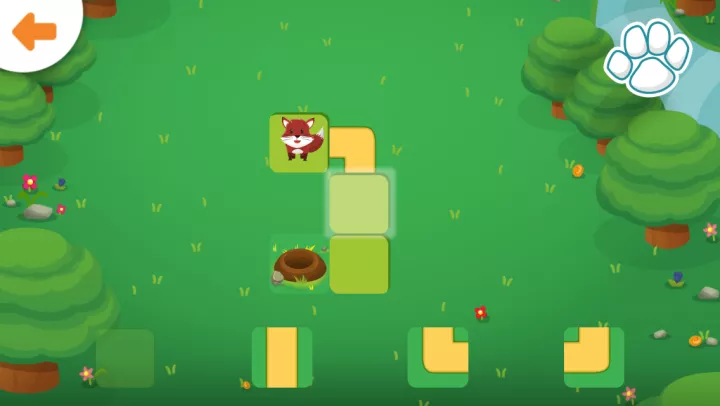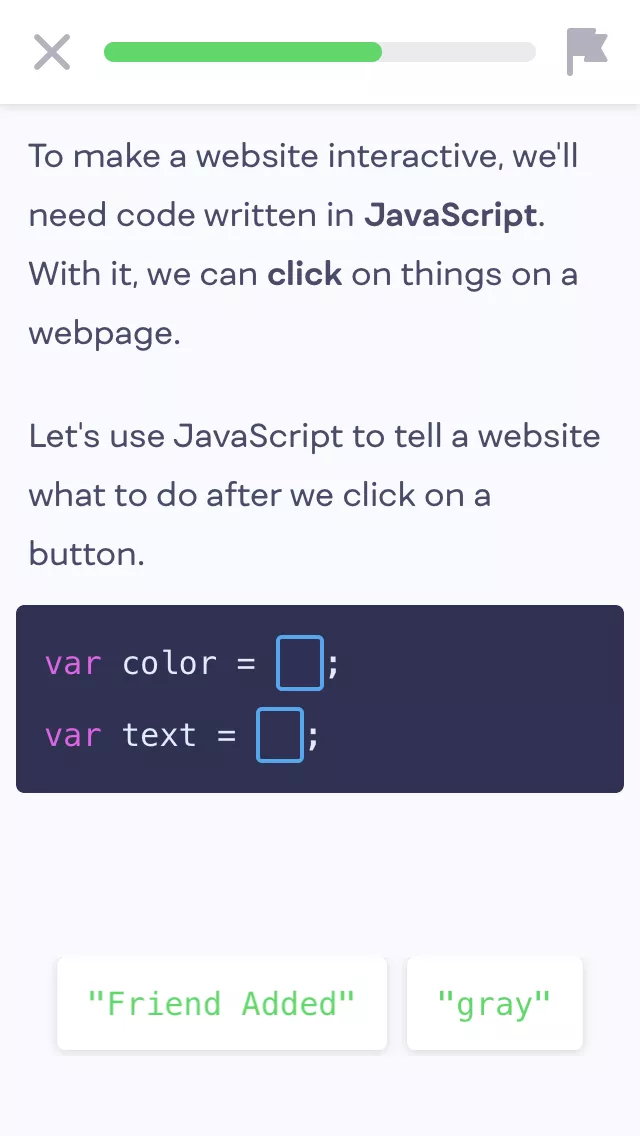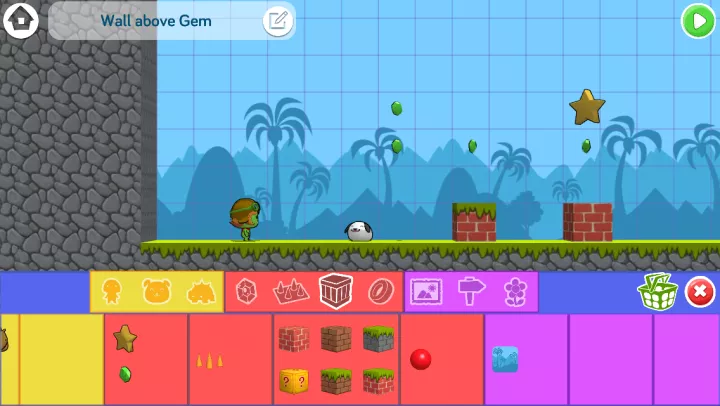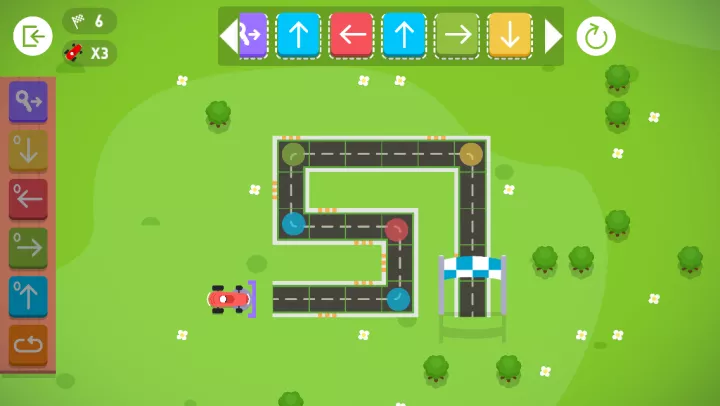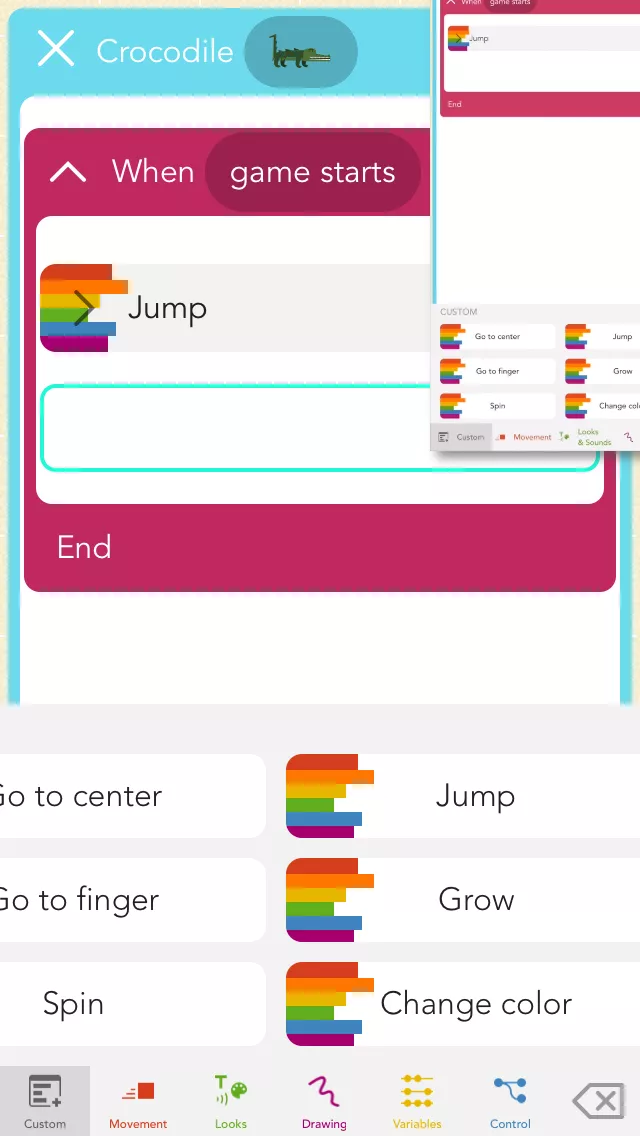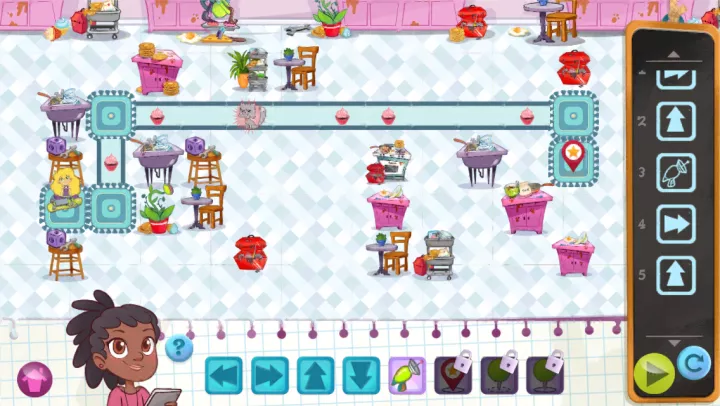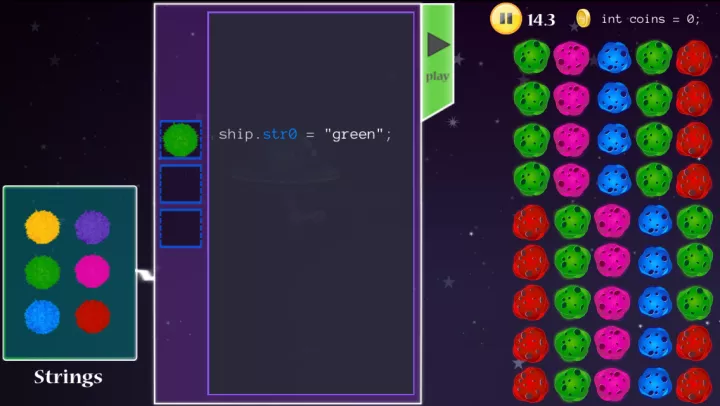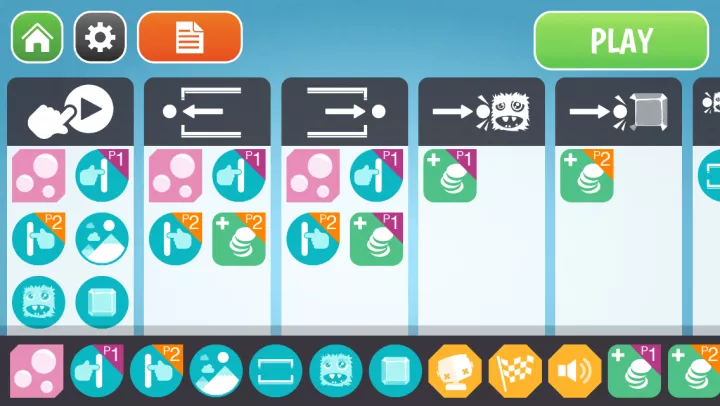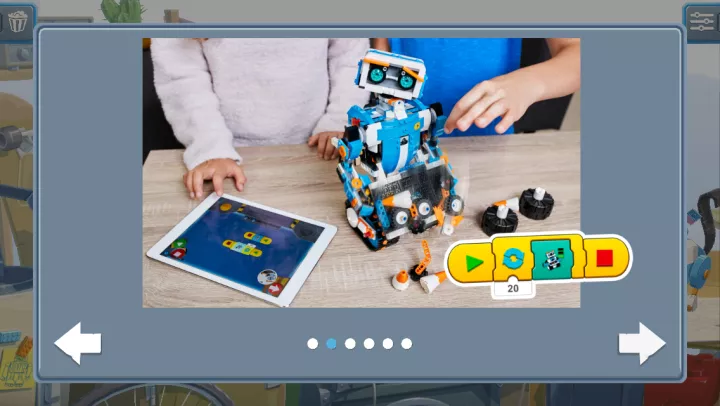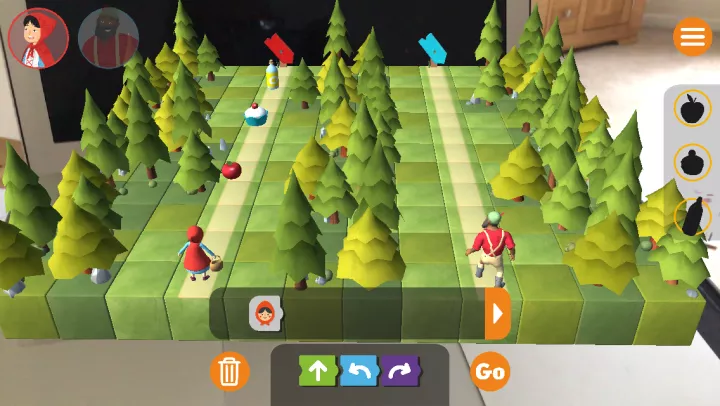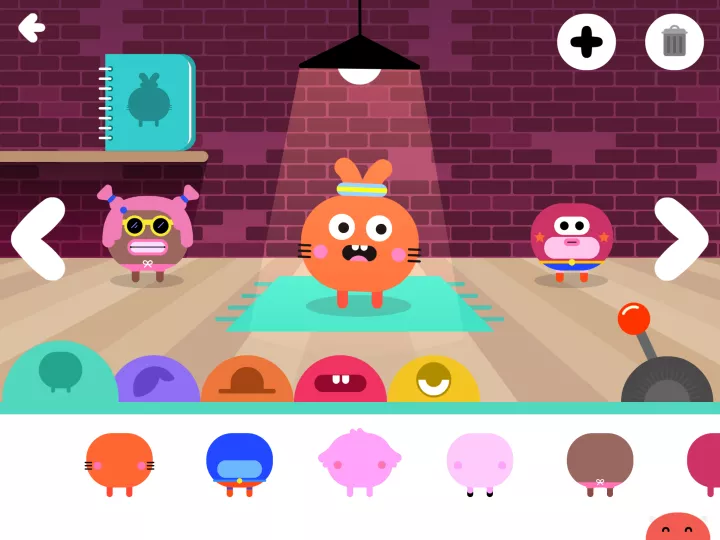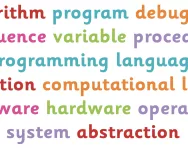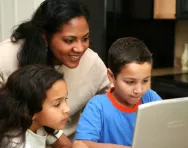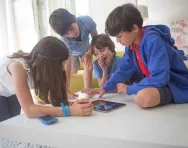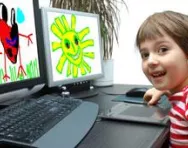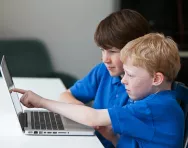Important update from TheSchoolRun
For the past 13 years, TheSchoolRun has been run by a small team of mums working from home, dedicated to providing quality educational resources to primary school parents. Unfortunately, rising supplier costs and falling revenue have made it impossible for us to continue operating, and we’ve had to make the difficult decision to close. The good news: We’ve arranged for another educational provider to take over many of our resources. These will be hosted on a new portal, where the content will be updated and expanded to support your child’s learning.
What this means for subscribers:
- Your subscription is still active, and for now, you can keep using the website as normal — just log in with your usual details to access all our articles and resources*.
- In a few months, all resources will move to the new portal. You’ll continue to have access there until your subscription ends. We’ll send you full details nearer the time.
- As a thank you for your support, we’ll also be sending you 16 primary school eBooks (worth £108.84) to download and keep.
A few changes to be aware of:
- The Learning Journey weekly email has ended, but your child’s plan will still be updated on your dashboard each Monday. Just log in to see the recommended worksheets.
- The 11+ weekly emails have now ended. We sent you all the remaining emails in the series at the end of March — please check your inbox (and spam folder) if you haven’t seen them. You can also follow the full programme here: 11+ Learning Journey.
If you have any questions, please contact us at [email protected]. Thank you for being part of our journey it’s been a privilege to support your family’s learning.
*If you need to reset your password, it will still work as usual. Please check your spam folder if the reset email doesn’t appear in your inbox.
Best coding apps for kids
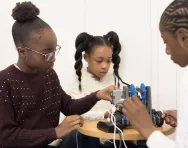
The apps reviewed are not produced or distributed by TheSchoolRun. All details were correct when we reviewed them, but please note that some apps can be very short-lived and may become unavailable to download. We are unable to guarantee that the app listings we provide are completely up-to-date at all times.
Best for Early Years kids
Hopster Coding Safari for Kids, £1.99, Apple
Coding may be on the National Curriculum from KS2, but even young children can get to grips with the basics with Hopster Coding Safari.
The app features a series of cute animals who need to get back to their habitats with your child’s help – for example, by dragging pieces of a path or direction arrows into the correct sequence. The logic problems introduce the computational thinking concepts of decomposition, pattern recognition, abstraction and algorithms, and your child earns animal stamps for their passport by completing the puzzles.
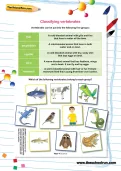

Download fantastic science resources today!
- Experiments And Science Fun pack
- Science Learning Programme for each school year
- All the instructions, questions and information you need
The basic app is free of charge, but you can unlock 50+ levels and new coding skills including loops, actions and commands for £1.99.
Best for KS2 kids
Mimo: Learn to Code, £8.99 per month or £26.49 per year, Apple and Android
If your child has already got to grips with the basics of computational thinking and wants to extend their knowledge, Mimo is a great option.
It helps your child master a whole range of skills, including learning to code, creating games, building websites, fixing bugs and making apps. A big plus point is that it uses real programming language, including Swift, Python, HTML and C#. Your child signs up for the courses they want to take, and the app walks them through the learning process with easy-to-follow step-by-step tutorials.
As they progress, your child earns achievements and badges, and there are daily challenges to give them a chance to put their newfound skills to the test.
Best for games-based learning
codeSpark Academy, £5.99 per month, Apple and Android
Even very young children can get to grips with the basics of coding using this text-free app, which doesn’t require any reading ability.
Your child is tasked with helping a family of friendly ‘Foos’ with activities like finding lost items and taking care of pets. It teaches them to code through a range of interactive puzzles, games, step-by-step creative projects and game design: for example, they can select their own obstacles for a platform game and program them to do tasks like moving up and down.
The app boasts over 1,000 coding-based activities, plus there’s the opportunity to run three separate child profiles (ideal for siblings) and take on personalised daily challenges based on your child’s progress.
Best for introducing computational thinking
Code Karts, £2.99, Apple and Android
Code Karts is a ‘pre-coding’ app that’s designed to give children an introduction to computational thinking through a series of logic puzzles.
Your child’s task is to navigate their racing car around a track by dragging a series of commands (ignition, up, down, left, right and so on) into the right sequence. If they get it right, they’re rewarded with a loud cheer and coins that can be exchanged for car modifications; if they get it wrong, watch out for the crash!
With over 70 levels, this app ramps up the difficulty as your child progresses. They can choose to play in single-player mode or challenge themselves in competition mode. They can also earn bonuses that unlock just-for-fun mini games.
Best tutorials
Hopscotch: Coding for Kids, $7.99 per month or $79.99 per year, Apple
If you’re looking for a coding app that is suitable for complete beginners without being patronising, Hopscotch is well worth a try.
The award-winning app is designed for kids aged nine to 13, and features fantastic play-along video tutorials that will walk your child through a huge range of different coding projects, from creating a simple animation to devising complex games. As they get better at programming, it will challenge them with increasingly difficult projects.
A unique feature of Hopscotch is that kids can publish their creations to a fully moderated community for other children to play. They can also play games created by other users, and try to improve on them by making tweaks or complete remixes with the editing interface.
Best for girls who love STEM
GoldieBlox: Adventures in Coding, £2.99, Apple
GoldieBlox is renowned for its stereotype-busting range of toys and games that are designed to engage girls with science, technology, engineering and maths (STEM). Adventures in Coding is the perfect introduction to programming, featuring Goldie herself: the world’s first girl engineer character.
Your child’s challenge is to help Goldie and friends make and deliver birthday cupcakes to all the residents of Bloxtown, using the Cupcake-O-Matic and Super Speedy Rocket Skateboard – and their coding abilities. They need to code Goldie’s path around the grocery store, kitchen and town by dragging command blocks into the right order, with new coding concepts introduced as the app gets trickier.
Along the way, your child collects coins that they can spend in the Bloxshop, and there are also mini-games to play and Sandbox mode where they can practise solving endless coding puzzles at any level.
Best for learning programming language
Kodable, £6.49 per month, Apple
Unlike many coding apps, which introduce coding concepts in a simplified manner, Kodable actually teaches your child real JavaScript, the language used to write many computer programs.
The app features a family of furry aliens, the Fuzzes, whose spaceship has crashed on Planet Smeeborg. Your child is tasked with programming the Fuzzes to solve a range of puzzles, including shooting asteroids and navigating their way around mazes. Every command your child gives is shown in actual JavaScript, and the app also introduces programming terms such as ‘variable,’ ‘values’ and ‘properties.’
There are over 40 lesson plans and 200+ activities for your child to get stuck into, and as their knowledge develops, they can create games of their own using real coding language.
Best for wannabe games developers
Coda Game, £2.99, Apple and Android
If your child harbours dreams of being a games developer, they’ll love Coda Game. It allows children to create their own games based on templates such as air hockey, Whack-a-Mole and platform games.
Your child creates their games by dragging and dropping the visual coding places into sequence. They’ll learn about game mechanics such as adding enemies, devising points systems, setting the speed of play and losing lives. They can either use one of the pre-designed templates or start from scratch, changing backgrounds, adding sound effects and more.
There are easy-to-follow tutorials that walk your child through creating games step by step, and once they’ve created and tested their game, they can share it with other kids worldwide.
Best for hands-on learning
LEGO BOOST, free, Apple and Android
LEGO BOOST is the app that allows your child to build LEGO models and then bring them to life through coding.
It’s a big investment, as it requires the LEGO BOOST Creative Toolbox (RRP £149.99), but will provide hours of fun, with over 60 activities for your child to tackle. The drag-and-drop coding system is easy for kids to master, letting them program their LEGO models to move, talk and interact, controlling them using their mobile device.
You can also use the app with other LEGO sets, including the LEGO City Arctic Scout Truck and the NINJAGO Stormbringer, and make them come to life using code.
Best multi-player game
Little Red Coding Club, free, Apple
This clever augmented reality (AR) app, developed and checked by teachers, puts your child right in the heart of a 3D world based on the story of Little Red Riding Hood, using the camera on their device.
Your child’s aim is to guide Little Red Riding Hood and the Woodcutter on their journey through the forest to Grandma’s cottage by dragging directional coding blocks into the right sequence and then clicking ‘go’ to test it out. If they hit an obstacle like a tree or river, your child will have to bin their sequence and try again. As the levels progress, so does the difficulty: for example, level one simply involves moving forward, while level two introduces direction arrows to turn the characters left or right. And, of course, they have to watch out for the Big Bad Wolf!
The app is aimed at children aged five and over, and is aligned to the National Curriculum. It can also be played as a two-player game on two devices, with one child controlling Little Red Riding Hood and the other controlling the Woodcutter.
Best logic and problem-solving app
Thinkrolls Play & Code, free (limited access) or monthly / yearly subscription, Apple
This award-winning learning app offers hundreds of logic maze puzzles and 'brain games' at different difficulty levels. We love the pre-coding platform, Code Your Own, where kids can create, play and share their own logic puzzles (there are no reading or coding skills required, so you might find that even a four year old can develop their own game and challenge you to play it!).
Through logical thinking practice your child will learn to break down complex problems, develop step-by-step solutions, learn through mistakes and understand cause and effect. They'll also begin to understand sequencing and conditional logic (if, else, before, after, etc.) through play, and practise recognising spatial relations (up, down, left, right). The app offers lots of character customisation options and feels and looks like standard arcade games, so your child won't even realise how much they're learning.
